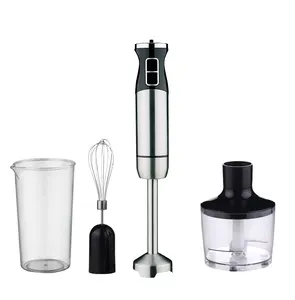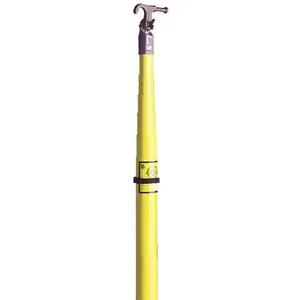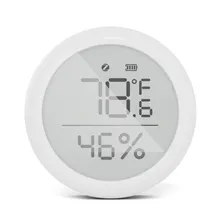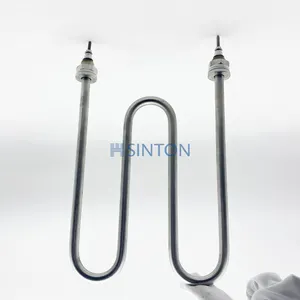In the electrical industry, a crucial tool known as the electrical hot stick is frequently used. This device, typically long and elongated, serves as a safety apparatus for electrical workers, primarily when they are dealing with high voltage electrical systems. While it might seem simple at first glance, the hot stick is a well-designed tool that incorporates a variety of materials and features to ensure the safety of its users.
Types of electrical hot sticks
When it comes to hot sticks, there are a few common types that electrical workers use. The big hot stick is popular among many due to its extended length, which provides additional safety distance when dealing with high-voltage systems. Another common type is the shotgun hot stick. This variant is called such because of its extendable design, similar to the action of a shotgun pump. Furthermore, the shotgun stick electrical variant is specifically designed for electrical applications, equipped with features that allow for the safe handling of electrical components. Similarly, the high-voltage hot stick is designed to handle electrical systems with exceptionally high voltages.
Applications of electrical hot sticks
Hot sticks are used extensively in the electrical industry, but their applications are not limited to this field alone. For instance, the electrical shotgun stick is used commonly by power linemen to maintain and repair overhead lines. The design of the stick allows these workers to safely manipulate live wires and other electrical components from a safe distance, reducing the risk of electrical shocks. On the other hand, the fiberglass hot stick is used in industries where non-conductive materials are needed. The non-conductive nature of fiberglass makes it an ideal material for hot sticks used in electrical applications.
Materials used in hot sticks
Various materials go into the construction of an electrical hot stick. The chosen material needs to be robust, durable, and more importantly, non-conductive. Among the common materials used is fiberglass. As previously mentioned, the fiberglass hot stick is popular because fiberglass is a non-conductive material, which makes it safe to use in electrical applications. Moreover, fiberglass is also lightweight, making the hot sticks easy to handle and maneuver. Some hot sticks are also coated with an additional layer of protective material to further enhance their safety features.
The electrical hot stick is a versatile and essential tool in many industries. Its various types, extensive applications, and the careful selection of materials used in its construction all contribute to its effectiveness and safety. As such, understanding the different aspects of the electrical hot stick can help users make an informed decision when selecting the right tool for their needs.










































 浙公网安备 33010002000092号
浙公网安备 33010002000092号 浙B2-20120091-4
浙B2-20120091-4